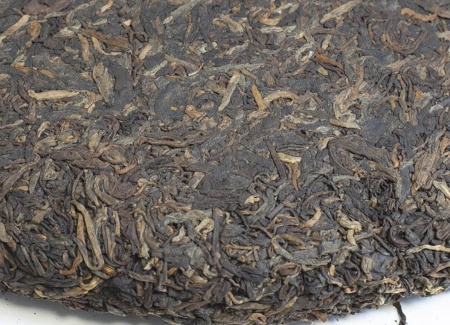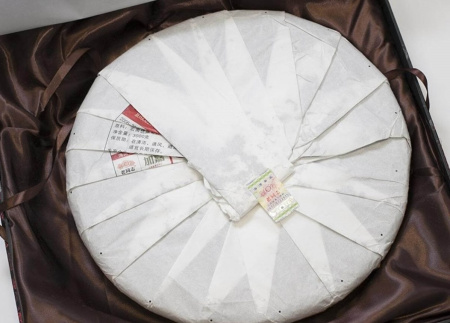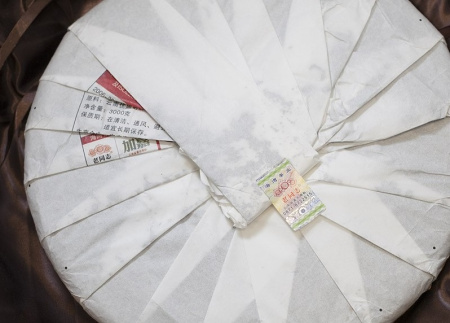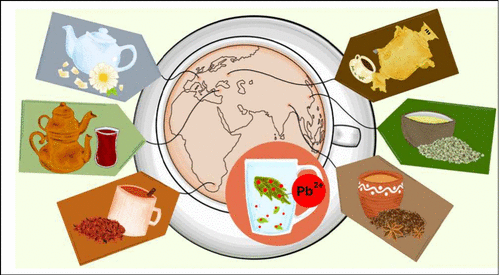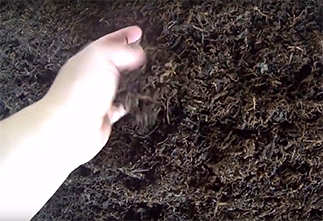-
0 Saturation
-
0 Aftertaste
-
0 Aroma
-
0 Effect
-
0 Balance
-
0 Body
Пуэр «Баван» 2012 года от небезызвестного чайного завода Хайвань. Данная компания примечательна тем, что её руководитель и главный технолог — господин Цзоу Бинлян. Он родился в 1939 году, проработал с 20 лет на мэнхайском чайном заводе до самой пенсии и являлся главным создателем технологии производства шу пуэра. Так вот, шу «Баван» скупажирован самим господином Бинляном. Чай даёт насыщенный сладковатый настой с ноткой кислинки. Не землистый и не вяжет. Обладает долгим послевкусием.
Впервые опубликовано 21.12.2014.
Copyright © Chaline.Ru
|
Name in Chinese
|
霸王饼熟茶礼盒装 |
|
Pinyin
|
bàwáng bǐng shú chá lǐ hé zhuāng |
|
Translation
|
Bavan Shu tea in a gift box |
|
Country
|
China |
|
Provinces
|
Yunnan (云南) |
|
Manufacturer
|
Хайвань (海湾) |
|
Raw material production date
|
2012 |
|
Declared weight, g
|
3000 |
- Reviews
- Vkontakte
The question often arises: how to brew puerh correctly? Sometimes the phrase "to get high" is added to it. Moreover, everyone has their own understanding of this phrase. Some mean vigor, and some - intoxication. So how to brew puerh tea correctly? Let's consider several options.
Traveling through the tea mountains, we found ourselves in another land of blue roofs - the village of Zhongcai, which is located in the Menghai district of Yunnan province. According to tradition, we were shown another local tea tree, which, according to the Chinese, is at least a million years old :) The village is very authentic, not designed for tourists, there are many wild pu-erhs there and, of course, we were warmly received. They treated us to local cuisine and tea. We also asked the residents about the prices of tea and how they have changed in recent years.
The tea ceremony occupies a special place in the centuries-old Eastern tradition. And although the essence of this phenomenon remains constant, the nature and external manifestations of the tea ceremony in different nations have their own national characteristics. In each Chinese province, the tea ceremony and the tea used in it are varied: for example, residents of the southern provinces prefer green tea, and residents of the northern provinces - red tea, in Fujian province they more often use Oolong tea, and in Yunnan province Puer tea is widely known.







